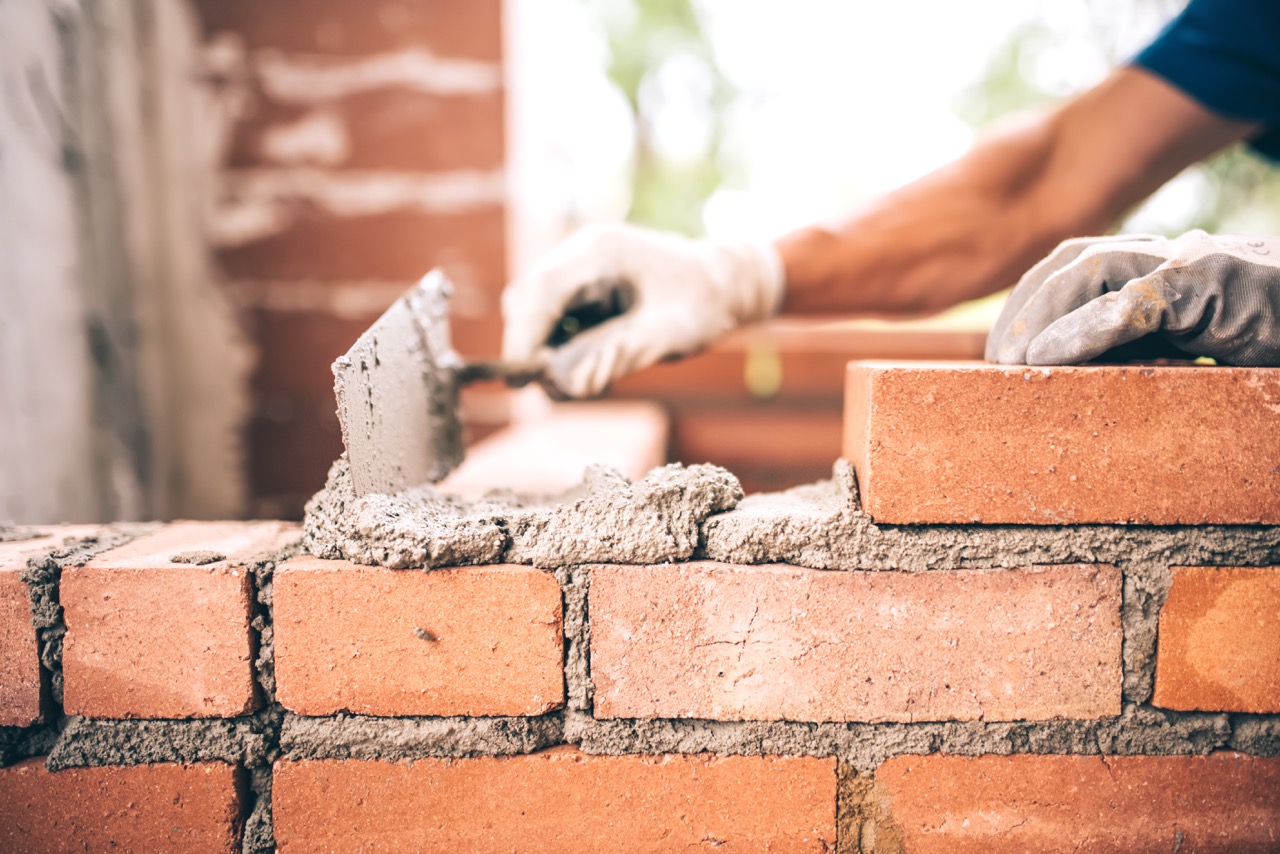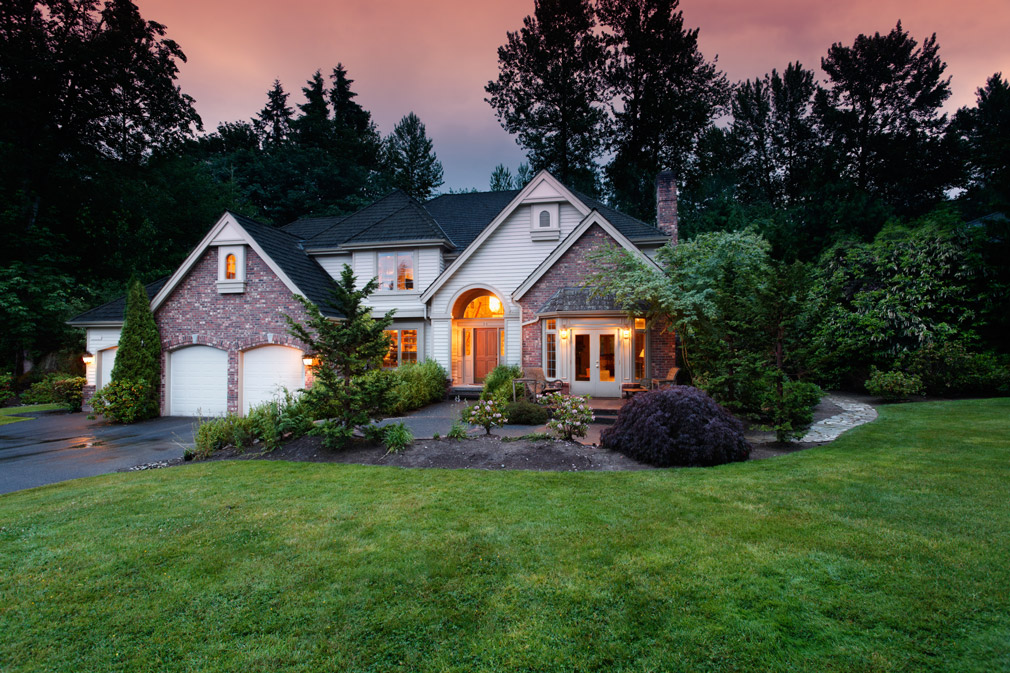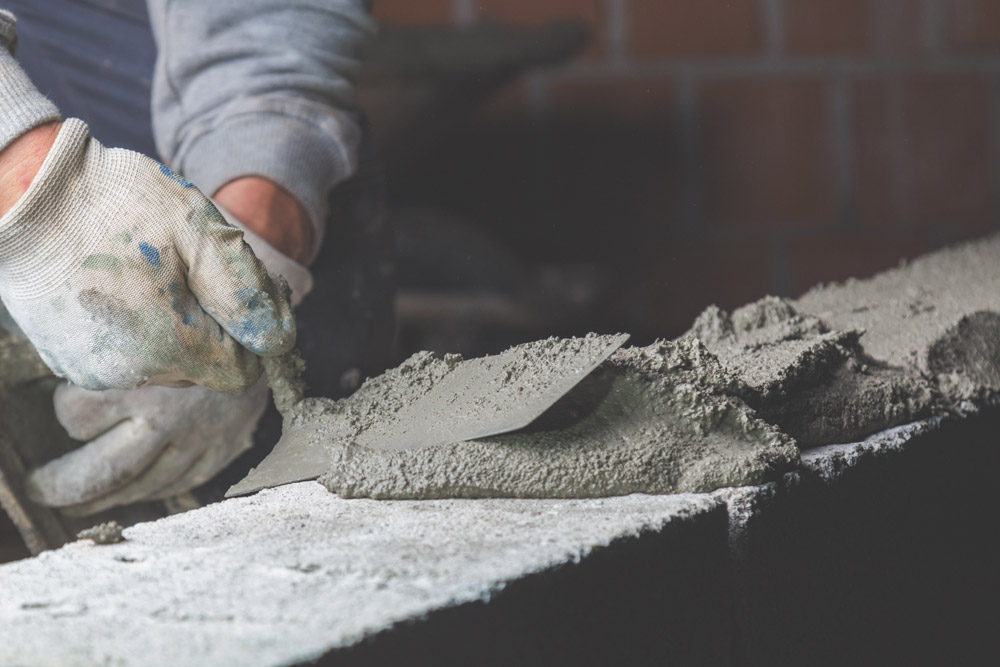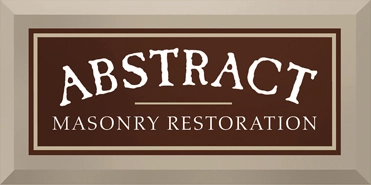Since mankind’s earliest days, we have been a species of builders. Ancient peoples buried their dead by digging holes in the earth and covering the bodies with sand or gravel. Over time, in order to protect the dead from animals, narrow pits of stone were made that could be covered with a large rock﹘the first coffins. Once that became a common practice, men started building edifices over and around the stone boxes in order to honor their dead, creating the first mausoleum-type structures. Because caring for the dead is the oldest societal practice in the world, one could take this evolution of burial﹘first with sand, then with stone, then in a building﹘as a mirror to the greater evolution of building techniques as a whole.
Learning to build wasn’t just a reflection of the desire to protect the dead; it marked the shift away from the nomadic lifestyle of tent-dwelling and into a more permanent way of living. With that shift came experiments in creating and using various building materials. Chief among these is the brick.
The Origins of Masonry
The first time a person learned how to make bricks, the foundation of our industry﹘masonry restoration, specifically in Utah﹘was laid. Who knows how it happened; the first bricks were simply made of dried mud. Perhaps it rained nearby and people observed how hard the wet mud became after drying in the sun. Or maybe someone spilled water near a well or noticed a dried river or lake bed. However it happened, people started using mud and clay to make hard blocks that could then be cut and stacked to make one wall, and then another, and eventually a whole house.
The first brick structures date back to earlier than 7,000 BCE and were constantly being iterated upon as people discovered “best practices” for the construction of their homes. These iterations affected not only how a building was built, but also how the materials themselves were made. Of course, men were also learning to make and use tools at this time as well, which accelerated their industrial progress. Some quick facts about early brick construction:
- There were two predominant types of bricks used: When it comes to making bricks, there emerged two major techniques, sun-dried and fired. Sun-dried bricks were just like the bed of the dead river, wet clay and mud left out in the sun, while fired bricks showed deliberate control over the shape and speed of the construction by putting the mixture in a kiln. Whereas men were using mudbricks in their earliest days, fired bricks took another 4,000 years to emerge.
- Men quickly began to understand the principle of reinforcement: In what must have been a very disappointing revelation springing from such a good beginning, the earliest builders quickly learned that mud﹘dried and hardened as it may be﹘wasn’t a good load-bearing material without something to shore it up. Much like we use steel to strengthen concrete, people discovered that putting straw into the mixture created enough reinforcement to keep buildings standing for longer.
- Masonry restoration is not a modern industry: The preservation of our most treasured ancient sites is nothing new. Masonry restoration companies have been in operation for hundreds of years in this modern age. They are, however, simply the most recent in a long line of ancient conservationists, ensuring that our greatest architectural works aren’t lost to time. Archaeologists have discovered records in the bricks of ancient stupas in Sri Lanka or the pyramids of Egypt, that people thousands of years ago attempted to preserve their most famous buildings. Much like a repairer can read the witness marks left by other workers on the dials and wood of a clock, modern restoration experts can see the attempts of those gone by who stood where they’re standing, attempting to complete the same work.
A Note on Ancient Restoration Efforts: As professionals with a passion for the restoration and preservation of all old buildings, we appreciate the efforts of those who came before us who used all their skill in an attempt to restore the old masonry. However, with the benefit of modern technology and centuries of combined experience across the entire team and our mentors, we are able to build upon﹘and in some cases, fix﹘old efforts. If we do our job right to understand and preserve the architecture, materials, and even custom masonry staining, the next restoration experts won’t be needed for a long, long time.







